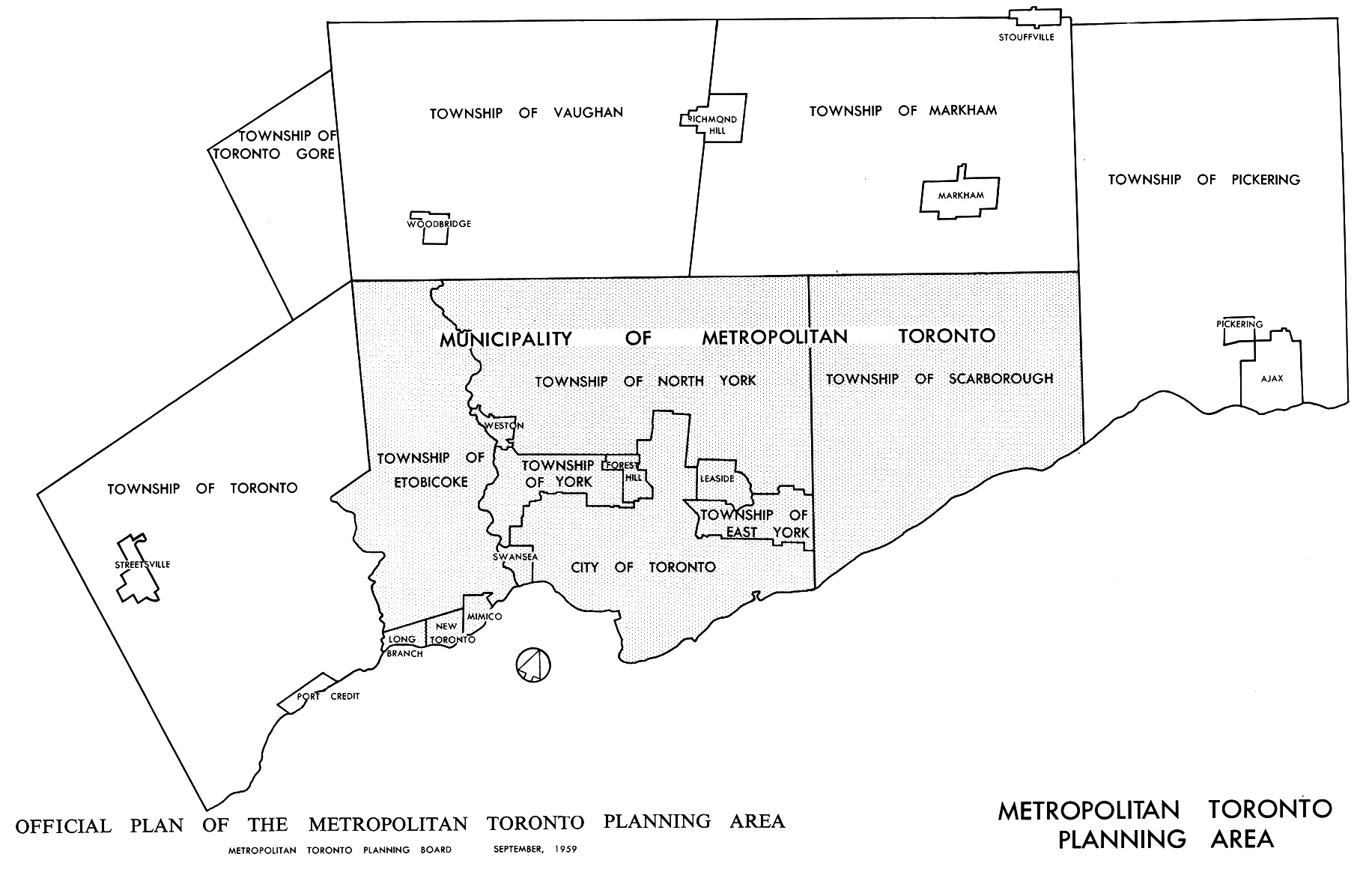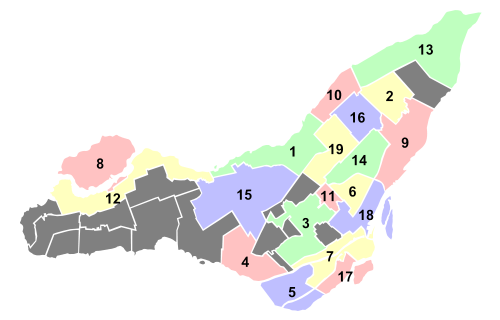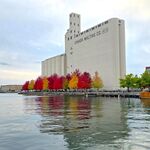King of Kensington
Senior Member
...what would they be?


In 1954, Metropolitan Toronto was modelled on Greater London, England.
Confusing. London has over 1,000 city councillors and 30 mayors for about 8 million people. Toronto has 44 councillors and 1 mayor for about 2.6 million. Do we really want to go there?...what would they be?
Let's keep in mind that when mega-Montreal deamalgamated, it wasn't simply back to the former municipalities, but the former City of Montreal itself was broken up into boroughs a la Greater London.
Toronto's closest approximation to that LonMon borough model are the former federal/provincial riding boundaries that form the basis of today's municipal wards; but being what they are, they're rather arbitrary and "open to adjustment"...
it was a downtown Montreal with a population of 700k.
I though Montreal never had "former municipalities". When the merger happened, it was a downtown Montreal with a population of 700k and a bunch of small municipalities in the 50-100k range. When the merger ended, some of those small municipalities left, but they simply returned to their former self - but many stayed with Montreal.





